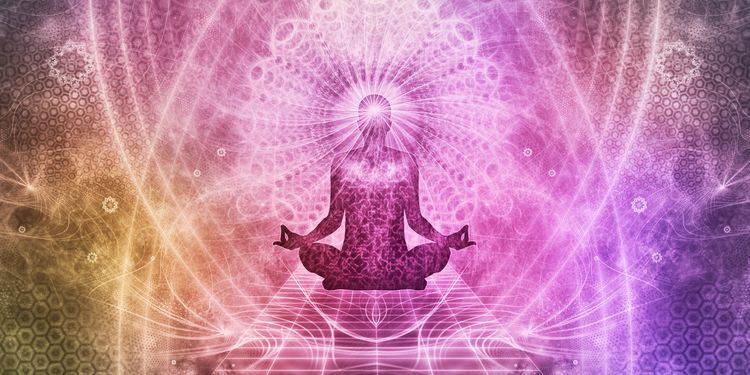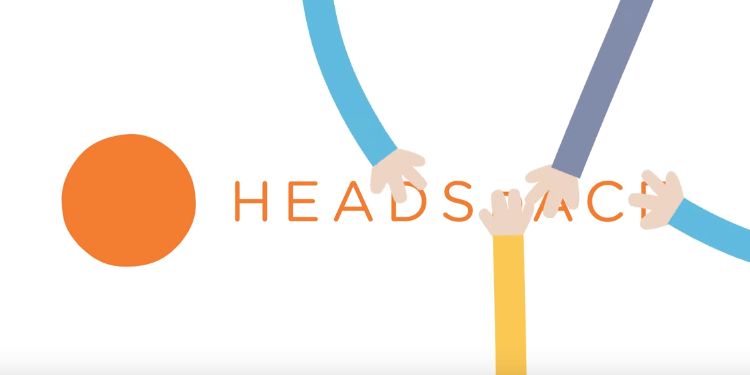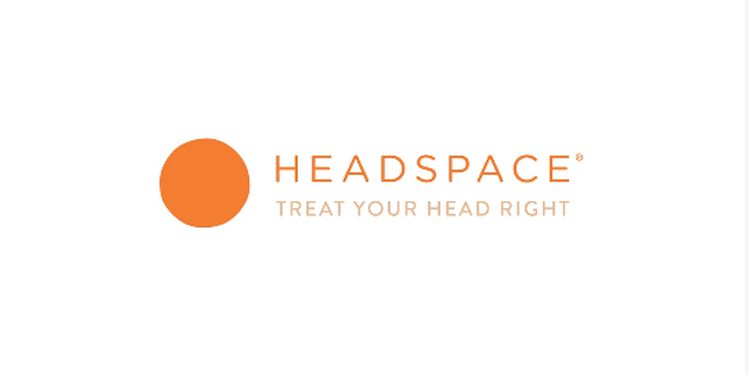How This One App Finally Made Meditation Easy for Me

Life is stressful.
Whether it’s a crappy day at the office, dealing with the noise and tension of city life, conflict with a partner, or the onslaught of bad news from the media, there are plenty of ways for modern life to stress you out.
In my ongoing quest for optimized living, I’ve tried many stress reduction tools over the past few years.
Of the hundreds of tools out there, meditation is one of the oldest. People have been meditating, in one way or another, for thousands of years. Try as I might, however, I couldn’t get into it.
I tried many different guided meditations, and while some of them were helpful, I couldn’t get the habit to stick. Meditation remained difficult and mostly frustrating for me.
And then I came across the app Headspace, which made meditation easy and straightforward for me.
My life hasn’t been the same since.

Why Meditate?
Before I tell you more about the Headspace app, let’s first talk about meditation.
While I’m sure most of you have heard of meditation by now, perhaps you’re still unclear about why you might want to consider picking it up as a daily practice.
If you’re anything like me, you’ve got enough on your plate as it is. Why would you want to take more time out of your day just to sit down and be quiet? What could that possibly accomplish?
As it turns out, quite a lot!
Research shows that mindfulness-based meditation practices (what Headspace teaches) are amazingly beneficial for your physical and psychological health.
Meditation encourages the brain to release mood-boosting endorphins and produce pain-relieving chemicals. Meditation lowers blood pressure, reduces the risk of stroke and heart disease, and helps preserve your brain’s neurons. Meditation also fights aging– it keeps your chromosomes young by stimulating telomerase activity.

Meditation has been shown to help reduce both physical and psychological symptoms of stress, anxiety, depression, insomnia, and chronic pain. Meditation helps people fall asleep more easily and improves quality of sleep. On the flip-side, meditation can energize you when you’re feeling sluggish.
Studies also show that mindfulness-based meditation programs improve relationships by enhancing feelings of intimacy, relationship satisfaction, and acceptance of the other while reducing relationship distress.
Meditation can not only make you feel better, it can help you work better as well!
Meditation improves working memory and the ability to process visual information. It also activates parts of the brain associated with:
- Problem solving
- Adaptive behavior (i.e., the skills of daily functioning: literacy, understanding concepts of money and time, etc.)
- Self-regulation (e.g., not eating the whole box of cookies)
- Interoception (detecting internal body needs, such as hunger and the need to go to the bathroom)

Introducing Headspace
Now that you’re clear on the benefits of meditation, how do you get started?
Easy! Download Headspace, a free app (available on iOS and Android) that serves as your own personal meditation instructor.
As a basic user, you have access to Headspace’s free introductory series “Take10.” Once you’ve completed the introductory series, you can sign up for a monthly, yearly, or lifetime subscription, which gives you access to the full Headspace library of guided and non-guided meditations.
Included are hundreds of hours of guided meditations, such as further Foundation levels, themed meditation series (e.g., Health and Relationships), and one-off single meditations anywhere from 2-60 minutes in length.
The Headspace app also includes many tools and features designed to help you instill meditation as a regular daily habit. A personalized progress page tracks your progress and meditation stats, and you have the option of teaming up with friends and family for support.
If you meditate multiple days in a row, Headspace encourages you to keep the streak going with free bonus gifts.

How Do I Use It?
I highly recommend starting with Headspace’s Take10 introductory series.
This series includes ten 10-minute meditations in which a friendly Englishman named Andy will guide you through a series of basic meditations. Over the course of just 10 days, in just 10 minutes a day, Andy will teach you the foundations of mindfulness meditation.
The Take10 introductory series single-handedly taught me how to meditate!
Andy makes meditation simple, easy, and straightforward, helping you deal with potential roadblocks that might come up along the way (e.g., noisy background, a hyper-active mind, feelings of frustration). Learning just these basic skills will gift you with a meditation practice you can use for the rest of your life!
The great thing about Headspace is that it guides you every step of the way. While I’m here, however, I’ll share a few tips on how to use the app and get started meditating:

- Find a place where you’ll be undisturbed for the duration of the meditation. While peace and quiet is certainly helpful, it’s not necessary. As you’ll learn, a peaceful, quiet mind is perfectly achievable even in loud and busy environments.
- Meditate at the same time every day. Research shows that doing so helps habits stick. Personally, for me, meditating first thing in the morning is best. Not only is it a great way to start the day, but I’ve found I’m much more likely to actually meditate if I do so before getting caught up in the tasks of my day.
- Meditating in the same place every day will also help the habit stick. Of course, sometimes you need to be flexible, so don’t beat yourself up if you can’t make it happen.
- Sit comfortably! No need to cram your legs into full lotus. If you can sit comfortably cross-legged on a cushion, go for it. If not, sitting upright in a chair is a perfectly fine place to start. Sit up straight (not leaning on the back of the chair) with your feet flat on the floor and your hands resting on your lap or your knees. Keep upright, but don’t go overboard! Stay relaxed.
- Probably the most important rule– stick with it! Your mind is a fickle thing; sometimes meditation will feel like the easiest thing in the world, sometimes it will feel like torture. Do your best to let the feelings be what they are and just stick with the practice. You won’t regret it!

Summary
I urge you to give Headspace a try!
Headspace makes meditation simple and easy. It teaches you the basics by guiding you through it step by step.
Meditation has radically changed my life for the better. Since downloading Headspace and starting a daily meditation practice, I feel not only generally more relaxed and less stressed but also more capable of healthily handling stress and pressure when it arises.
I’m a calmer and emotionally stronger person thanks to Headspace and a daily meditation practice.
So, at the very least, give Headspace’s Take10 introductory meditation series a shot!
You’d be surprised how much better you’ll feel after meditating for only 10 minutes. If the benefits aren’t immediately clear for you, just stick with the practice. For some people, it takes a few days for the benefits to become obvious.
A clearer mind, a healthier body, and a more enjoyable life are waiting for you on the other side.
Happy meditating!
